Sinus headache usually occurs after upper respiratory infections such as a cold. An inflammation of the sinuses and nasal passages, which is also known as sinusitis, can produce a headache, pressure, tension and pulsation in the eyes, nose, cheek area or one side of the head. Now and then, the pain can be felt even behind the eyes, in the back of the neck, or it may extend all the way to the upper teeth.

Along with these symptoms, people often have a runny or stuffy nose. According to the Center for Disease Control in the United States, sinusitis troubles more than 30 million people and according to them, it is one of the most frequent chronic diseases in this country. Sinusitis can definitely influence anyone, but people with asthma, a weak immune system, polyps, allergies to dust, mold or pollen, as well as people with cystic fibrosis, may be more prone to developing the chronic sinusitis. Among the most typical causes of acute sinusitis are bacteria streptococcus pneumonia, but one of the developing causes can also be fungi.
Causes of Nasal and Sinus Headaches
Among the main causes of nasal and sinus headaches are the nasal turbinates. The nasal turbinates are the structures which may bulge and contract during the day, giving the effect of nasal blockage and, from time to time, a pressure. It is worsened by irritants such as allergens, perfume or cigarette smoke.
Diagnosis
The diagnosis is usually made based on a thorough medical history assessment. If the sinusitis is bacterial, then the antibiotics will be necessary for the treatment. The patient should take them for 10 to 14 days. This is the only way to eliminate the germs causing the infection. If the sinusitis is related to an inflammation or an allergy, the doctor may prescribe corticosteroid nasal sprays or pills.Medications such as ibuprofen, Aspirin, and acetaminophen can diminish the pain and the inflammation. These medications may help to open the airways by reducing the bulging. Analgesics containing caffeine may be stronger. In some cases, a doctor may require CT scan, which can define all of the paranasal sinuses, the nasal passages, as well as the surrounding structures.
Additionally, the doctor may order x- ray and magnetic resonance imaging (MRI). Surgical correction may be advised if there is a structural problem in patient nasal cavity which contributing to sinusitis and sinus headaches. An ENT specialist performs such surgical procedure.
- According to our study the majority of the cases of headache due to rhinogenic causes were males (54%) in the age group of 11-30 years.
- While the majority of our patients with headache due to rhinogenic causes were having either D.N.S, Acute sinusitis or Osteomeatal complex disease, we also encountered patients having nasal polyps (six patients) allergic rhinitis (four patients) presenting with headache.
- We also did antarl washouts in our patients of headache but only 35% of the patients were relieved.
- Patients due to mucosal contact points were advised to undergo functional endoscopic sinus surgery. Out of 30 patients, 25 patients underwent surgery. Post-operatively, 20 patients (80%) had total relief from headache, 5 patients (20%) had significant relief.
- Post-operatively, 9 patients were completely free of pain – 30%; 11 patients had significant symptom improvement – 36.6% and 10 patients had no benefit from surgery – 33.3%.
- In a study conducted in Department of Otolaryngology, Vajira Hospital, Bangkok, 16 patients were operated on by functional endoscopic sinus surgery (FESS). Their principal complaint was facial pain or headache. Ten patients had no headache postoperatively (62.5%) and six patients (37.5%) had a reduction in severity.




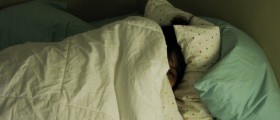



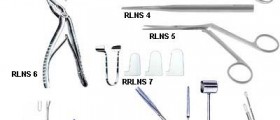
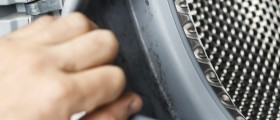

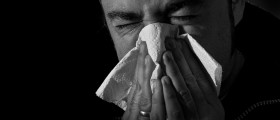


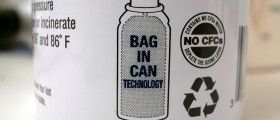


Your thoughts on this
Loading...